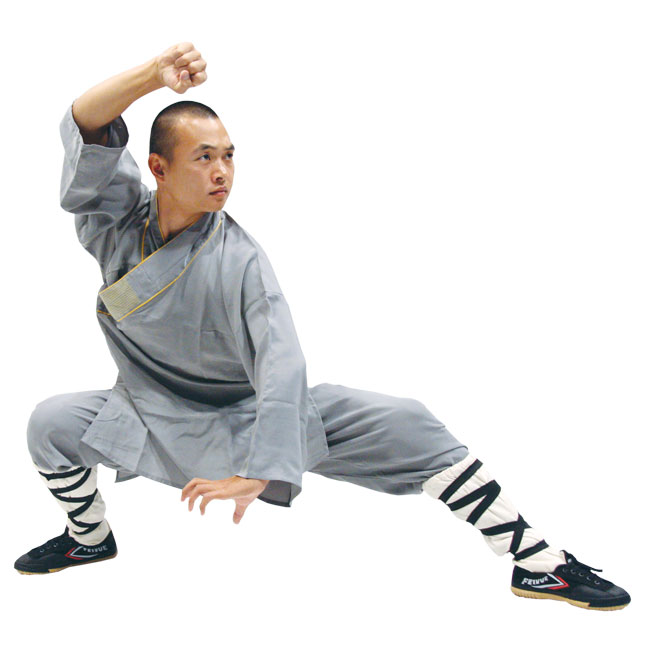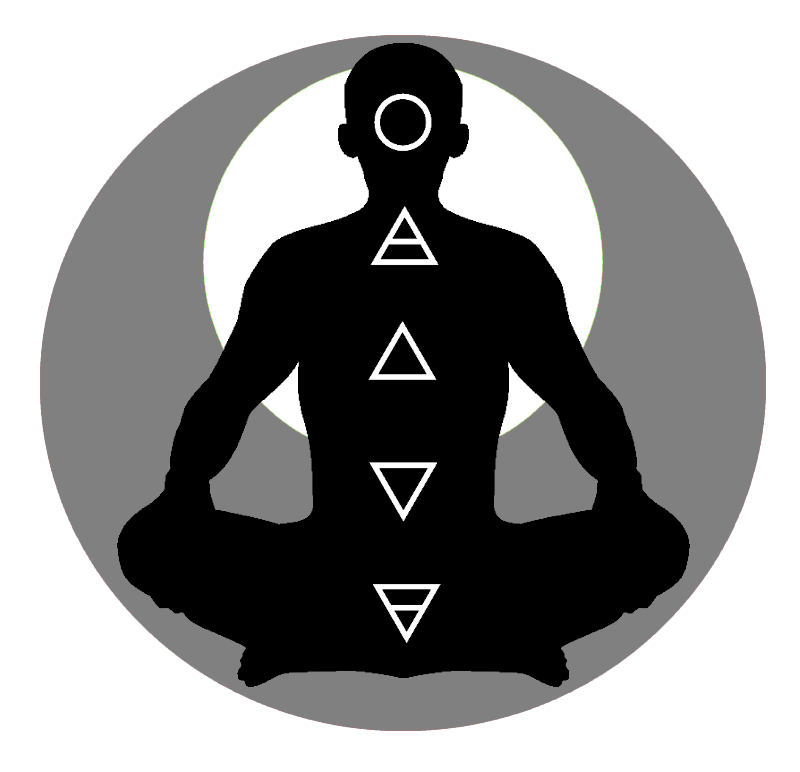The Jedi Way is a transformative one. The purpose of the Way is to break the hinderances and illusions placed upon us, through both society and through fear. It is this goal that draws us to the Force, and the Jedi Way. It is because of this that the students of the Way are Seekers, each of us on a great journey through the spirit, passing through the gate of enlightenment that separates the mundane from the spiritual. There are many skills developed by the Jedi Seeker, but there is one that is more important than any other. It is the primary avenue through which we practice self-discovery: meditation.
When people think of meditation, they often envision sitting on a cushion with closed eyes, seeking stillness of the body and quiet of the mind. This is not an incorrect visual, only incomplete. The practice of meditation is not to just find stillness where stillness already exists, but instead to be able to keep that clarity in times of stress and turmoil. Because of this, the Jedi Seeker strives to find the meditative mind in many different settings. Within the martial arts, this state can be reached after many hundreds of repetitions of the Forms, after the techniques require no thought as to what is next. This state of active meditation is truly profound in both experience and eventual application. The downside to only finding this state through practice of Forms is that it can take an exceptionally long time, as the state of action seldom lends itself to stillness. A state of physical stress is not usually the best for finding the picture between the stars, so to speak.
As such, we employ other methods to help us to learn to better focus and still the mind under stress. One of these ways is through the use of meditative postures. Just as it can be easier to shut out sound when it is louder (because of its stark contrast to quiet), it can also be easier to find a disconnected trancelike ease when the body is under some level of physical effort. Such techniques have been employed by several spiritual groups in years passed. Shaolin monks are famous for enduring long periods of deep horse stances, or even the one-legged seated position. The earliest forms of yoga are said to stem from this same practice. Some old masters would go as far as practicing less-than-stable positions while standing in a rushing waterfall, or on loose ground at the peak of a cliff. Nothing presented here will be expected to be nearly that extreme, but these positions ARE supposed to challenge the student.
Before we continue, let this be clear: these are not Postures that you will master immediately. Every stance can be treated as a progression, so if you are comfortable in these positions from the very beginning, you're not trying hard enough. As in all aspects of the Way, these are ongoing points of training.
This set of postures is tied directly to the teachings of the 5 Bendai of Zenryoku-kai. The explanations of the positions will also use terminology from the Budo Arts Basics, such as stance names. If you are unfamiliar with that, please review previous courses for more complete information.
The Postures are taxing on the body and mind, but it is in this way that we strengthen the spirit. Use these as more than just ways to stand. Feel the traits of the Bendai in each of them. Know that each Posture holds important insights into the whole of the Jedi Way, and the role of the Seeker.


